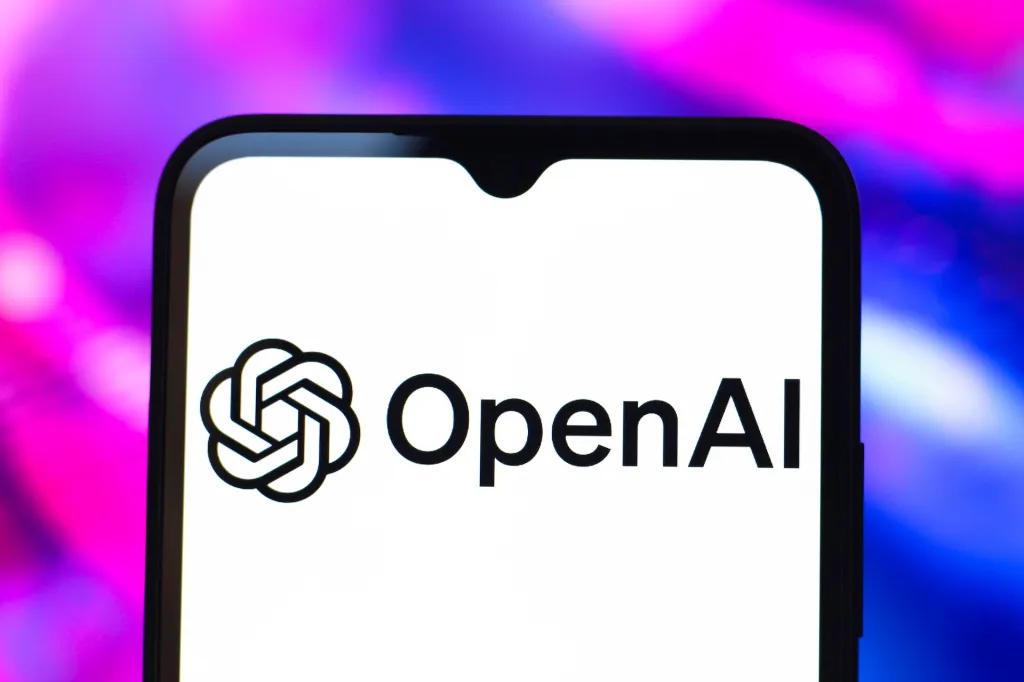OpenAI’s o3 AI Model Fails to Meet Benchmark Expectations

OpenAI’s recently launched o3 artificial intelligence model is facing scrutiny after scoring only 10 percent on the FrontierMath benchmark, a significant drop from the 25 percent claimed by the company at its release. Epoch AI, the organization behind the benchmark, revealed this discrepancy, raising questions about the model’s performance. While the lower score does not imply dishonesty on OpenAI’s part, it suggests that the public version of the model may have been optimized for efficiency at the expense of some capabilities.
OpenAI’s o3 AI Model Scores 10 Percent on FrontierMath
OpenAI introduced the o3 AI model during a livestream event in December 2024, showcasing its advanced capabilities, particularly in reasoning tasks. The company highlighted its performance on various benchmarks, including FrontierMath, a challenging test designed by Epoch AI. This test was developed by a team of over 70 mathematicians, ensuring that the problems presented are both difficult and original. Prior to the launch of o3, no AI model had managed to solve more than nine percent of the questions in a single attempt, making the benchmark particularly rigorous.
During the launch, Mark Chen, OpenAI’s chief research officer, announced that o3 had achieved a groundbreaking score of 25 percent on FrontierMath. However, this claim could not be independently verified at the time, as the model was not publicly available. Following the release of o3 and its smaller counterpart, o4-mini, Epoch AI publicly stated that the o3 model only scored 10 percent on the benchmark. Despite this lower score, it still positions o3 as the highest-ranking AI model on FrontierMath, although it falls short of the initial claims made by OpenAI.
Understanding the Discrepancy in Performance
The difference between the claimed and actual scores has sparked discussions among AI enthusiasts regarding the validity of benchmark results. It is important to note that the lower score does not necessarily indicate that OpenAI misrepresented its model’s capabilities. The unreleased version of o3 likely utilized more computational resources to achieve the higher score, while the commercial version may have been optimized for efficiency, resulting in a decrease in performance.
Epoch AI’s announcement has prompted further examination of the o3 model’s capabilities. The organization clarified that the released version of o3 is distinct from the one tested in December 2024. They noted that the compute tiers for the public model are smaller than those used during the initial testing phase. This distinction is crucial, as it suggests that the model’s performance may vary significantly based on the resources allocated to it.
Future Testing and Expectations
In light of the discrepancies, ARC Prize, which oversees the ARC-AGI benchmark test, has also weighed in on the situation. They confirmed that the released o3 model was not trained on ARC-AGI data, even during its pre-training phase. This revelation adds another layer of complexity to the evaluation of the model’s capabilities. ARC Prize has announced plans to re-test the o3 AI model and will also evaluate the o4-mini model, labeling previous scores as “preview.”
The outcome of these upcoming tests remains uncertain. While there is a possibility that the released version of o3 may not perform as well on the ARC-AGI benchmark, the re-evaluation will provide a clearer picture of its capabilities. As the AI community awaits these results, the conversation around the accuracy of benchmark scores and the implications for AI development continues to evolve.
Observer Voice is the one stop site for National, International news, Sports, Editor’s Choice, Art/culture contents, Quotes and much more. We also cover historical contents. Historical contents includes World History, Indian History, and what happened today. The website also covers Entertainment across the India and World.

